As exhilarating as launching a new business or product can be, it's just the beginning of a journey. After the balloons deflate and the confetti is swept away, businesses often find themselves in a state of uncertainty.
Many businesses struggle to maintain the momentum post-launch, their marketing campaigns losing steam as they scramble to determine the next steps.
The question is: should you halt your pre-launch campaigns and be content with the customer base you have already acquired once the official launch is done?
The straightforward answer is—No.
Do not let your business hit a plateau, or worse—take a dip!
But what marketing strategy should you follow next? And which pre-launch campaigns should you sustain? We’ll help you figure those out, and more.
After launching, another stage comes into play — the post-launch phase.
It's a critical period that shapes the long-term success and sustainability of your product or business. It characterizes a shift in focus from attracting early adopters to expanding the customer base and maintaining customer loyalty.
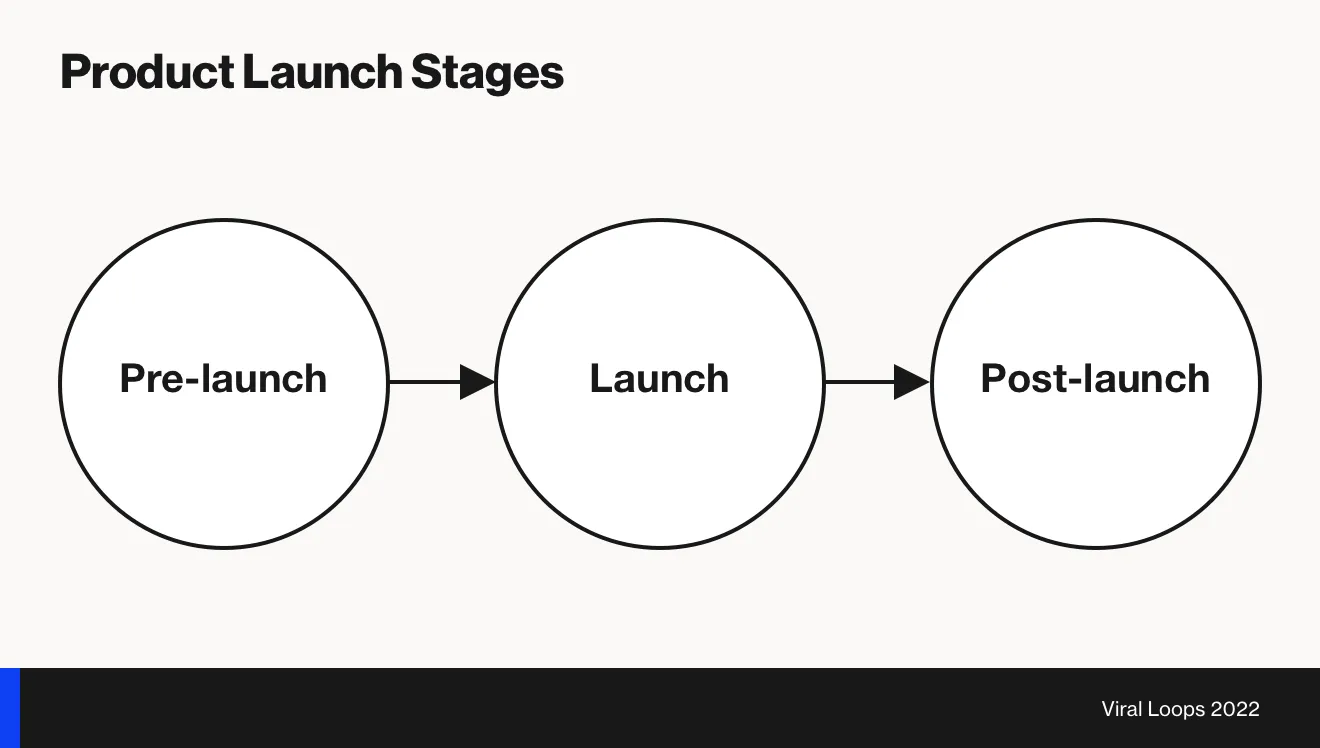
During this time, we can make adjustments, gather insights, and adapt to ensure the best outcomes for your venture.
Post-launch campaigns are crucial to the longevity and success of any product or service in the market.
Here are some key reasons why businesses should not overlook post-launch campaigns and avoid stopping their running campaigns after the launch date:
Post-launch campaigns can kick off at various points: right after a successful product launch, a few days later, or even well beyond a year! Even if you forgot (or didn’t realise) you needed to do this, you can start whenever.
There’s a huge advantage to planning your post-launch campaigns before the launch ends. The launch momentum can evaporate really quickly and you are better off if you use that hype time for executing a predetermined plan rather than planning.
Here are some ideas to get you started based on the strategy you want to implement first, with some killer examples that might inspire you:
A strong social media footprint is vital for your brand's exposure and trust. It's the platform where your audience interacts, voices their views, and uncovers new offerings. Overlooking it is like missing a golden opportunity.
Various social platforms attract different demographics. Knowing where your target audience congregates is essential for an effective plan.
Instagram and TikTok, for example, are ideal for connecting with a younger, image and video-driven crowd.
LinkedIn suits B2B firms and professional connections. Lastly, with their wide user bases, Facebook and Twitter foster community and enable instant interaction.
Now, let’s look at an example of a company that made post-launch social campaigns work.
Glossier, a beauty brand, grew largely through its savvy use of social media. After their launch date, they utilized Instagram not only for product advertising but also to build a community and engage customers.
They actively posted user-generated content, interacted with comments, and even created new products based on feedback received on these platforms. Their strategy involved creating an environment where their followers felt acknowledged and valued, ultimately transforming them into devoted patrons and enthusiastic brand advocates.
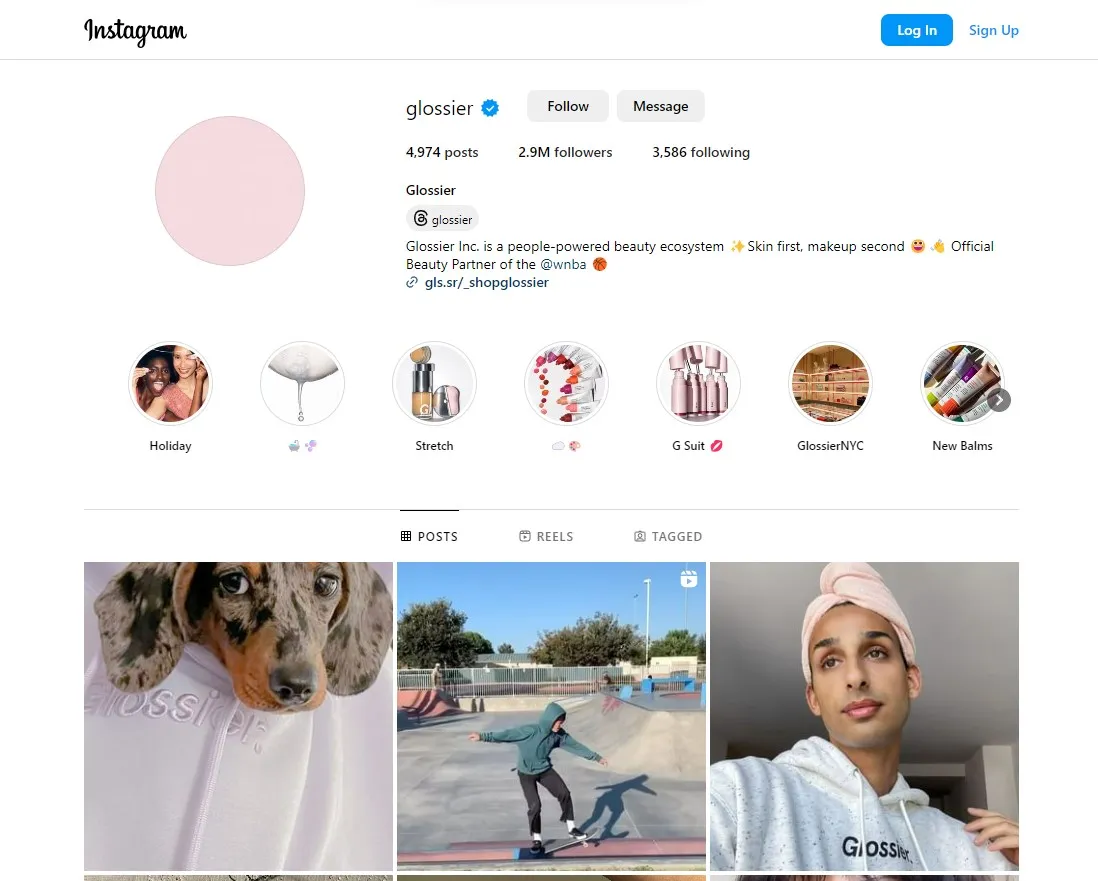
There are a few different ways to harness social networks for this purpose:
This is the easiest and least costly way to interact with your current audience. The downside is that only people who follow your socials can see your updates and posts.
But in conjunction with referral programs, you can reach more people by asking your current followers to share your business, product, or even official page with friends. We'll talk more about referral options later.
Social Media Ads offer a highly targeted approach to capture new audiences. It allows for precise audience targeting and effective budget utilization.
But since these are ads, you must set aside a nice budget for this campaign. The technique here is to create share-worthy content so that aside from the people you reach with your ads, you may even get engagements for free.
Influencer marketing is a popular method for brands to expand their reach. It involves collaborating with influential people with credibility and a large following in your target market.
The key here is to choose the right influencer that aligns with your brand's values and product offerings. Most importantly, the influencer's audience must be the market segment you are targeting (or else you’ll be wasting money).
Referral programs are a powerful strategy for post-launch campaigns that can drive significant growth for your business. This technique leverages your existing customer base to attract new customers, making it both cost-effective and highly efficient.
A well-executed referral program encourages your current customers to share their positive experiences with your brand amongst their networks.
It's a win-win situation. Your existing customers get rewarded for their advocacy, and new customers are introduced to your products or services through sources they trust.

The beauty of referral programs is that they also encourage ongoing interaction with your existing client base.
By offering incentives like discounts or free products, you inspire your customers to stay engaged with your brand and continue to make purchases. Each reward they earn is another touchpoint that keeps your brand at the top of their minds, leading to repeated engagements and transactions (might even increase your Customer Lifetime Value).
One good example of a company that continued its referral program post-launch is Dropbox.
For each friend a user referred, both the user and the friend received additional storage space. This clever strategy not only increased Dropbox's user base, but also incentivized continued use of their service, thereby boosting their CLV.
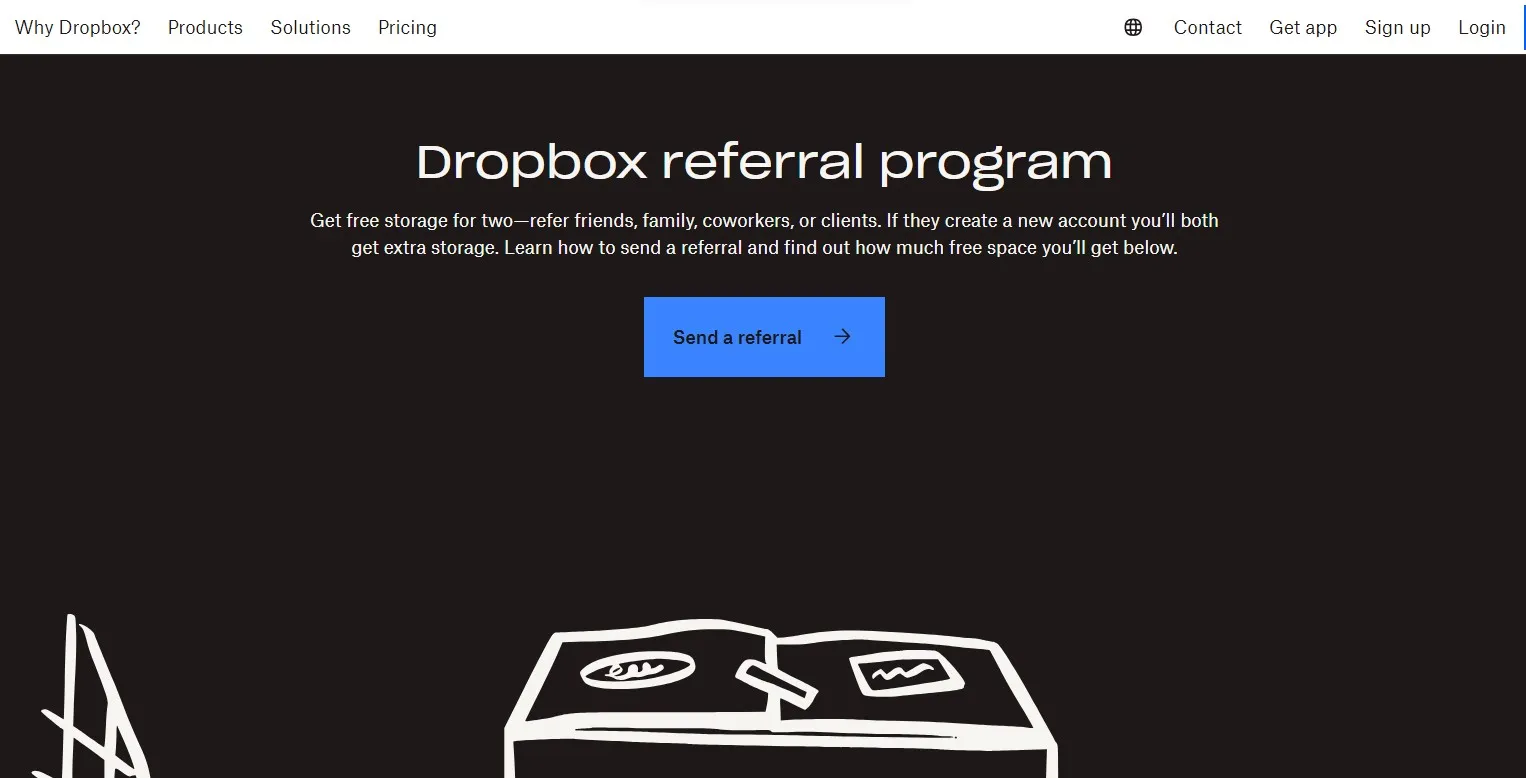
Read our Referral Marketing 101 guide to learn more about implementing this strategy.
One of the best things about referral programs is that they're highly share-worthy. So no matter how you plan on telling your target audience about this program, they'll be happy to spread the word to their networks.
However, certain approaches undeniably outshine the rest.
Email marketing is a great way to promote your referral program. Since email subscribers have already shown interest in your brand, it's likely that they'll advocate for you. You can also personalize your message and incentivize them with exclusive rewards.
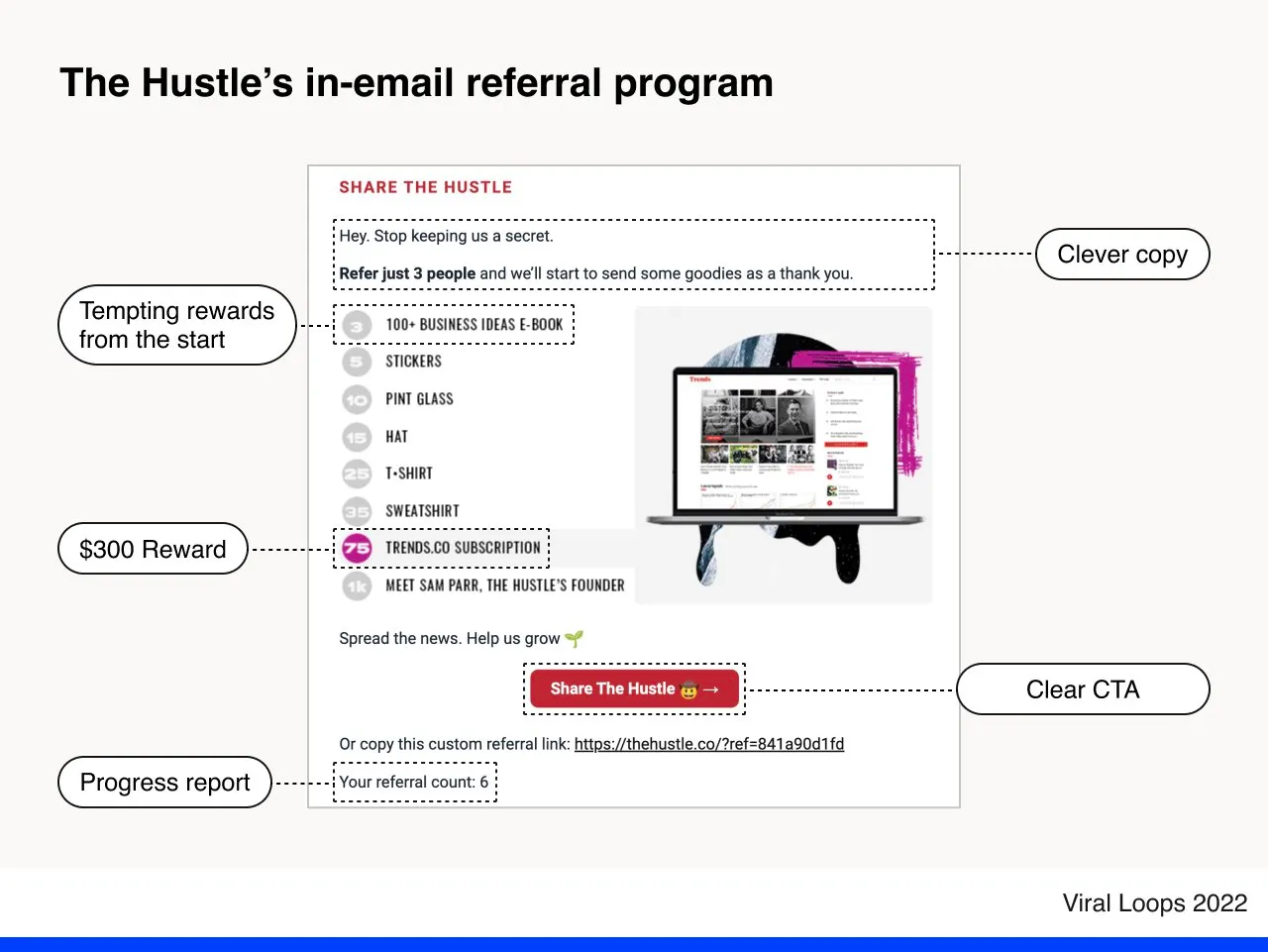
You can share your referral program on all social media channels, on your ads, or even collaborate with influencers to spread the word.
Encourage user engagement effortlessly by kindly suggesting users tag their pals in the comments or public posts. It's an easy way to spark connections and spread the love!
Utilizing your website's real estate is another smart way to promote your referral program. You can create a banner, pop-up, or even add it to your navigation bar.
This guarantees that all visitors are aware of the program and can easily join if interested. Remember to make it visually appealing and straightforward.
You can go a step further and create an entire landing page dedicated to your referral program. It can be really useful to explain how the flow works, outline the benefits/rewards, and overall show that you’re willing to reward people for spreading the word about your brand.
Here is an example of a landing page dedicated to a referral program, created by our customer Cloudways.

Email marketing is an effective tool in your post-launch arsenal, offering a direct line of communication to your subscribers. It's like having a cozy chat over drinks, where you update your friends (subscribers) about your latest venture after the product launch.
Here's how to make it happen:
Begin your campaign by sharing an exciting recap of the launch. Let your subscribers know how it went down.
Was it a blast? Was the product received well? Be genuine in your storytelling and convey your gratitude for their support.
Remember, this is a two-way conversation. Ask your subscribers for their valuable input. Did they love the product? Do they have suggestions for improvement?
Encouraging feedback promotes a collaborative environment and shows your target audience that their voices matter (plus, it keeps them engaged!)
Your subscribers signed up because they were interested in your story. Keep them engaged with updates about your business, new product lines, exclusive discounts, exciting promotions, and highlights from your referral program. Share relevant industry news and insights to keep them informed and connected.
Try not to overwhelm (or annoy) your subscribers, though.
It's important to balance your communication frequency to avoid appearing spammy. You don't want to risk losing subscribers because they feel bombarded.
Like any good marketer, be data-driven. Experiment with different subject lines to see what pulls your target audience in.
Monitor open and click rates to evaluate the performance of your campaigns. This data will offer rich insights into what your subscribers respond to, helping you refine and personalize your approach.
In a nutshell, email marketing affords an incredible opportunity to connect with your audience post-launch. Keep the conversation alive and cultivate a sense of community around your brand. It's coffee catch-ups, but digital!
A sterling example of a company that effectively kept in touch with its audience post-launch is Warby Parker, the online eyewear retailer. Warby Parker leveraged email marketing campaigns to nurture their relationship with customers even after the initial purchase (or free try).
[Warby Parker image]

The company regularly sends emails with personalized product recommendations, updates on new collections, and even anniversary emails celebrating the customer’s first purchase. They've also been known to share engaging narratives about the brand’s philanthropic activities, reinforcing their commitment to social responsibility.
This approach of constant, valuable engagement has fostered a loyal customer base for Warby Parker, driving repeat purchases and resulting in high customer lifetime values. Their communication strategy after the initial launch has been crucial in their journey to becoming a billion-dollar company.
Content marketing is like that lifelong best friend, always there when you need it, especially after a product launch when continued engagement is vital.
It's basically a strategic marketing approach focused on the creation and distribution of worthwhile and relevant content to attract and retain the target market. Ultimately, it’s made to drive profitable customer action.
Let's start with the basics.
Blogs and articles are like bread and butter in the world of content marketing. Regular, engaging articles on topics your audience cares about not only position your brand as a thought leader but also keep your audience coming back for more.
Videos and infographics? Those are the cherries on top.
They add that visual appeal and make complex topics digestible and fun. Especially in a world where attention spans are shrinking, these formats are key to snagging and keeping your audience's attention.
Fresh content is like freshly brewed coffee — it's irresistible and brings people back for more. Regularly updated content is a key reason for visitors to return to your website.
It functions like a newsletter series, keeping your brand top-of-mind and offering your audience something to anticipate. Plus, search engines love fresh content, and regular updates can help improve your visibility and ranking.
Your website content isn't just for show – you can use it for social media channels, too. This way, you won’t have to struggle with where to get ideas on what to post.
Got a great blog post? Break it down into bite-sized tips for your social media posts.
An infographic? Perfect for sharing on Instagram or Pinterest.
This not only keeps your social feeds filled but also drives traffic back to your website, creating a lovely circle of content life.
Last, but certainly not least, is SEO.
This is like your wingman in the digital dating world. Optimizing your content for relevant keywords makes it easier for your audience to find you amidst the sea of content out there.
The outcome? Increased website traffic from genuinely interested individuals.
It's important to note that content marketing goes beyond just sales — it focuses on fostering meaningful interactions. It involves fostering conversations, nurturing bonds, and establishing trust. During the post-launch phase, there's nothing more precious than that.
A classic example of successful post-launch content marketing comes from none other than GoPro.
The camera company did not rely solely on traditional marketing channels to promote their product; instead, they turned their customers into their most effective marketers.
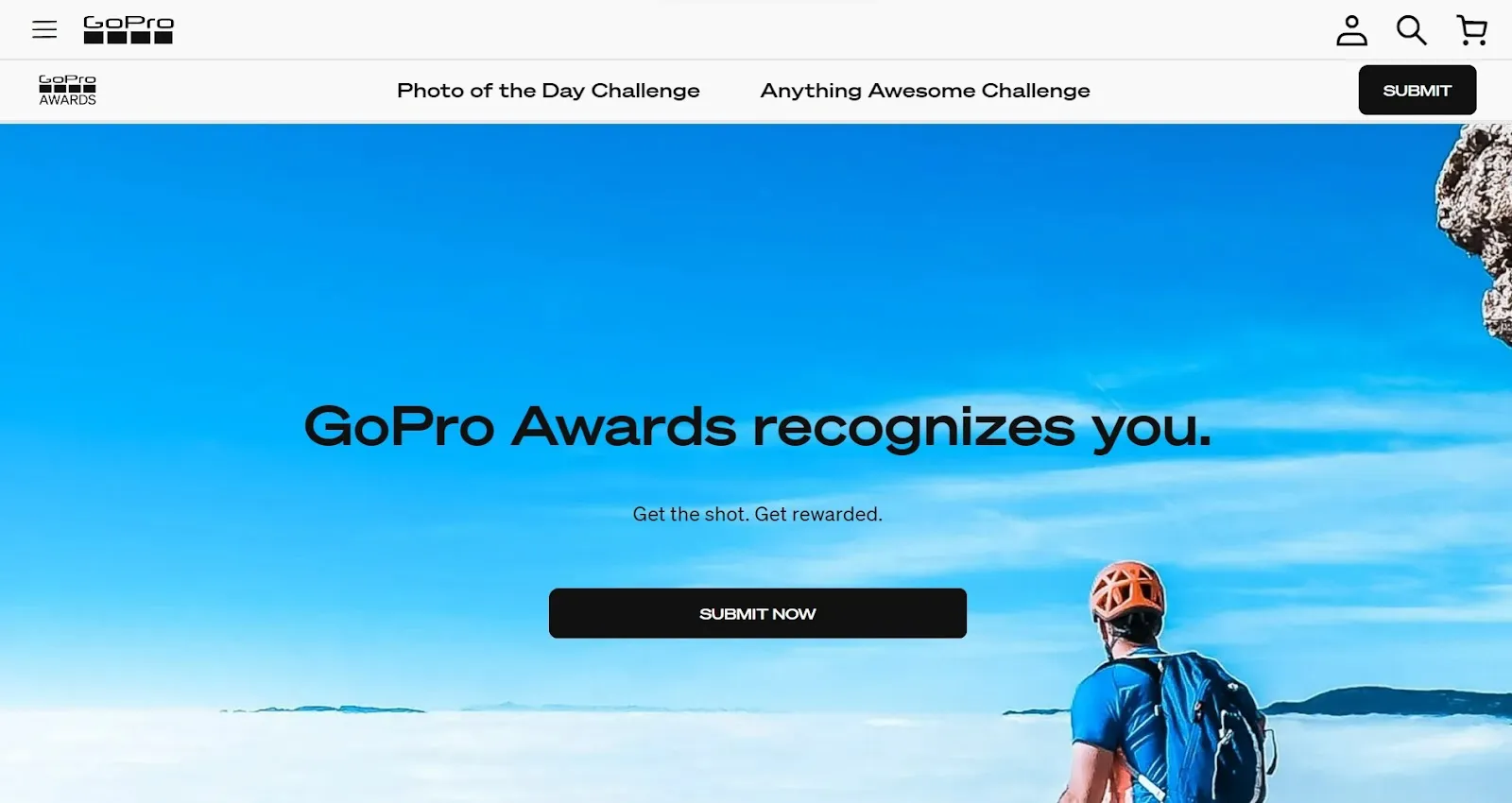
GoPro encouraged (and still encourages to this day) users to share their own videos captured with their GoPro cameras, effectively turning customer-generated content into compelling promotional material.
These shared experiences, often depicting breathtaking adventures and heart-stopping sports moments, are more than just product demonstrations — they tell a story, inspire the audience, and create a sense of community around the brand.
GoPro's strategy not only saves on advertising costs but also provides social proof, as potential customers can see the product in action in real-world situations, captured by actual users.
This innovative content marketing approach has made GoPro the top choice for action cameras. It proves that authentic, customer-generated content is powerful enough to keep users engaged with the brand.
Remarketing stands as one of the most potent strategies to harness post-launch, primarily due to its remarkable efficacy in reaching out to audiences who have already shown interest in your product or service.
Unlike other strategies that cast a wide net, remarketing is more akin to precision fishing, targeting a specific audience that already has a degree of familiarity with your brand.
While requiring an investment, remarketing campaigns usually offer the most cost-effective solution with a superior ROI compared to targeting new audiences.
After all, convincing those already interested in your product or service requires less effort than persuading complete newcomers.
To execute a successful remarketing campaign, start by identifying users who showed interest during the pre-launch phase but did not follow through. These are your warm leads.
Update them on post-launch developments, product updates, or other relevant news about your brand.
This re-engagement can rekindle their interest and guide them further down the marketing funnel, potentially leading to conversions that were missed the first time around.
An excellent example of a successful post-launch remarketing campaign is by a small company known as The Exploding Kittens. It's a card game that became the most backed one in the history of Kickstarter.
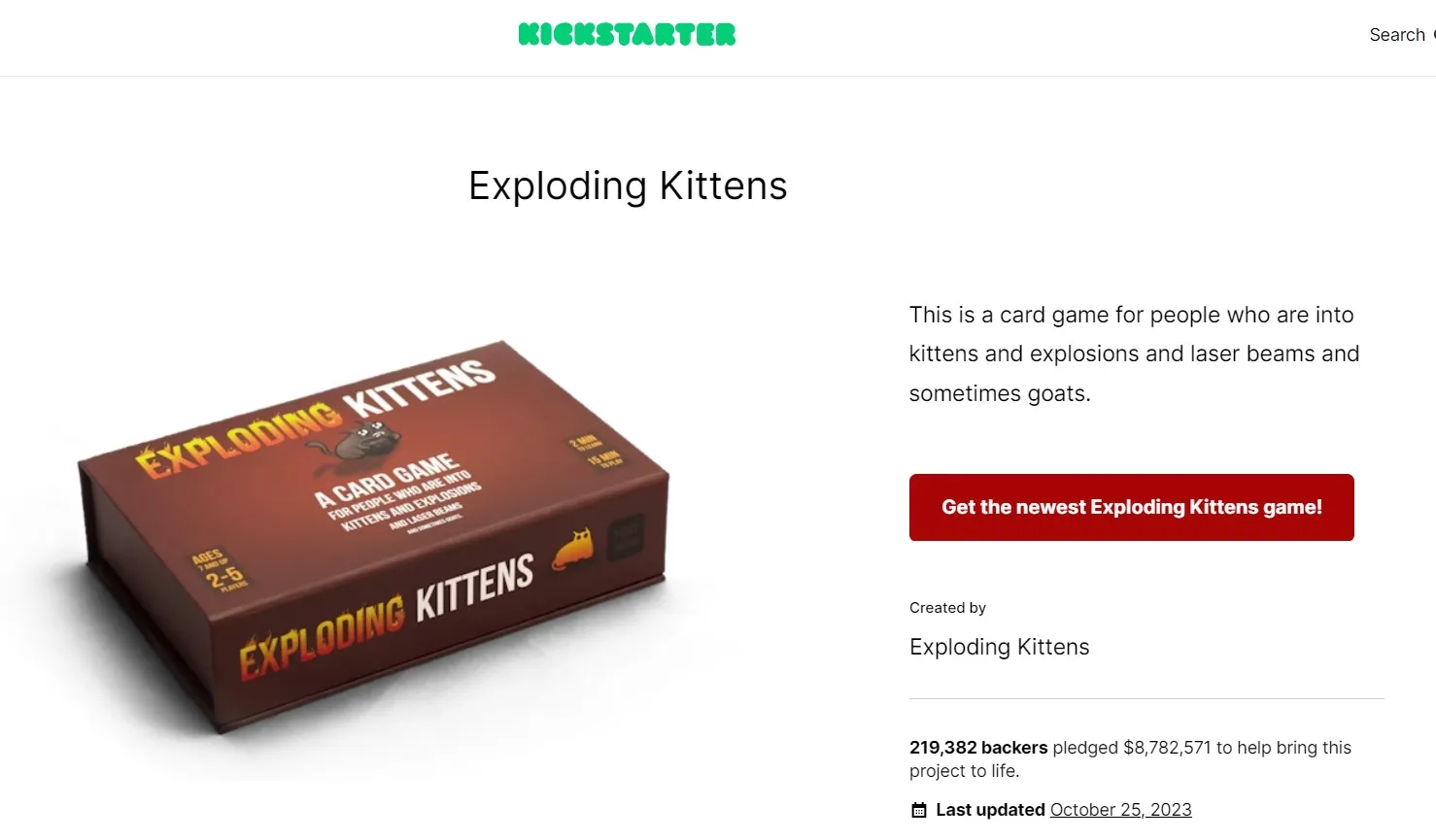
Despite the initial buzz and enormous viral success, the Exploding Kittens team did not rest on their laurels post-launch. Instead, they embarked on a strategic remarketing campaign to re-engage potential customers who had shown interest in the game but did not make a pledge during the initial Kickstarter campaign.
Using targeted ads on social media and Google, they reminded these individuals about the unique, entertaining aspects of the game, and the fun they could have playing with friends and family.
This remarketing strategy effectively re-engaged their warm leads, leading to an increase in sales post-launch and extending the life and reach of their product beyond the Kickstarter platform.
The Exploding Kittens case underscores the power of remarketing in maintaining momentum and driving sales even after an initial wave of success.
In the hustle and bustle of a product launch, it's easy to think of it as the finish line. But in reality, it's more of a jumping-off point. Post-launch is where the real work begins — keeping customers engaged and bringing new ones into the fold.
If you think about it, it's like a never-ending relay race.
And one of the best strategies to get ahead in this race? Referral programs. They’re like that energy boost a runner gets from the cheering crowd. They not only help retain your existing customers by rewarding their loyalty, but also tap into their networks to bring new customers in.
Worried about setting up your referral program? Don't be. Viral Loops is here to turn a daunting task into a walk in the park.
With our intuitive platform, you can create a customized referral program to suit your brand's unique needs. Book a demo with Viral Loops today, because the end of the launch is just the beginning of your brand's success story.